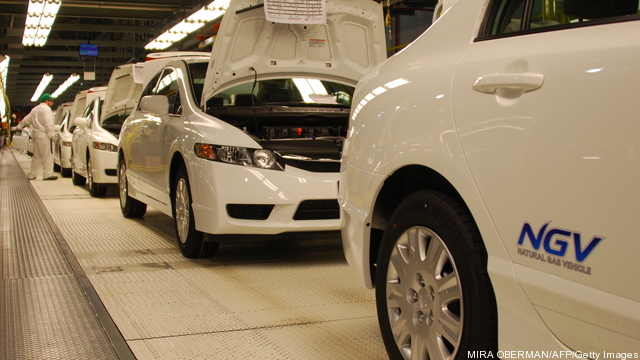
The municipal and cooperative power companies that make up the country’s public power utilities have a completely different set of concerns and priorities than their IOU cousins. A Users Conference Survey conducted with utility customers of smart grid communications company Tantalus found that their focus and investment priorities for 2013 are the new technologies that will ensure low electricity costs for ratepayers.
Tantalus CEO Eric Murray commented “This survey demonstrates what we already know from our experience working with public power utilities for more than a decade – that they are dedicated first and foremost to serving their customers with reliable, cost-effective power. By adopting energy saving applications that keep rates down, utilities not only show their commitment to their customers, but they also invest in a cleaner, smarter grid.” Keep reading →
 Australia has punched above its weight in the global energy sector for years, with its huge natural resources providing a platform for the country’s economy that allowed it to outperform much of the world throughout the lingering post-crisis recessions in the developed world.
Australia has punched above its weight in the global energy sector for years, with its huge natural resources providing a platform for the country’s economy that allowed it to outperform much of the world throughout the lingering post-crisis recessions in the developed world.






